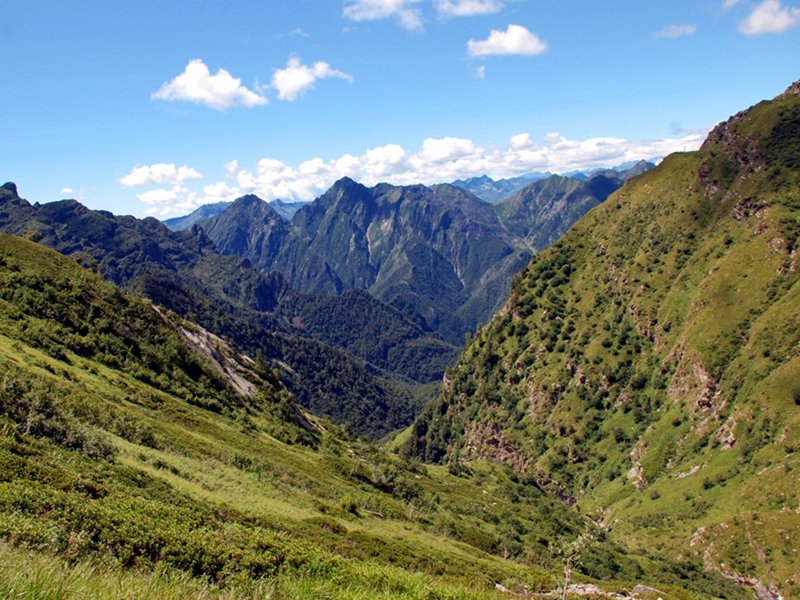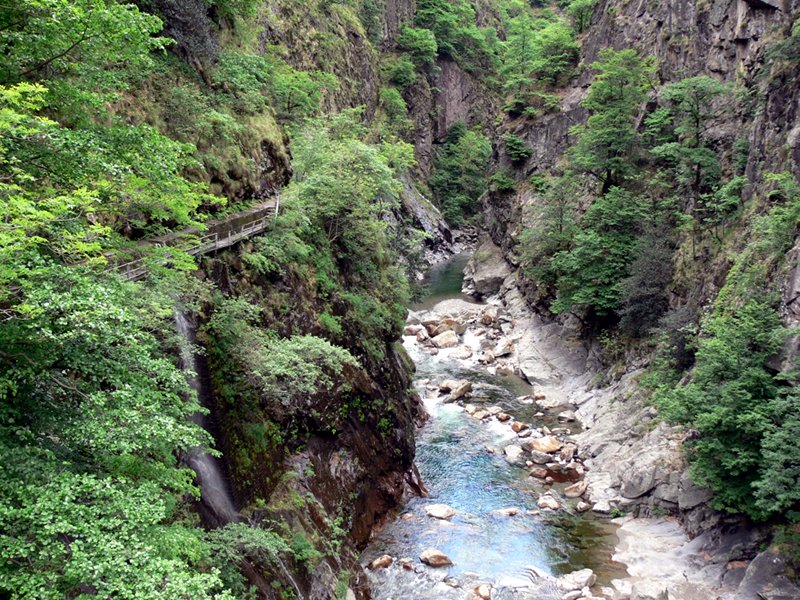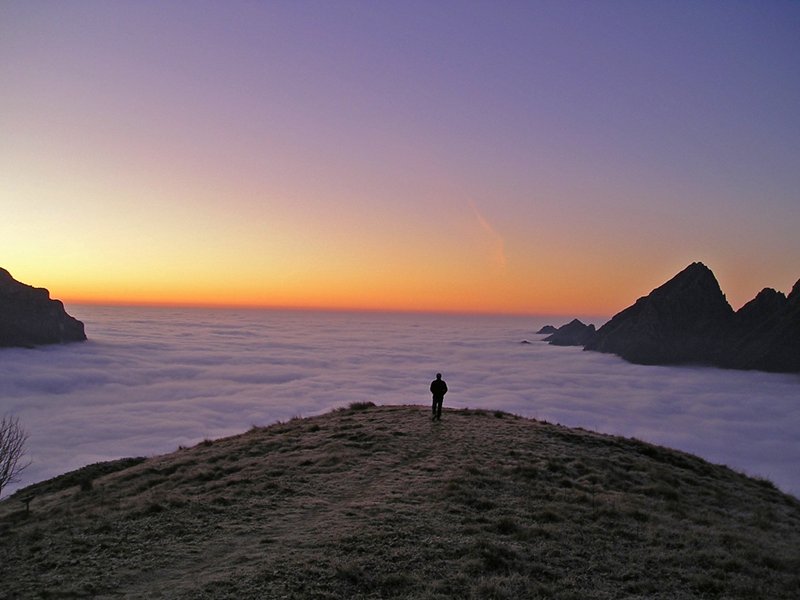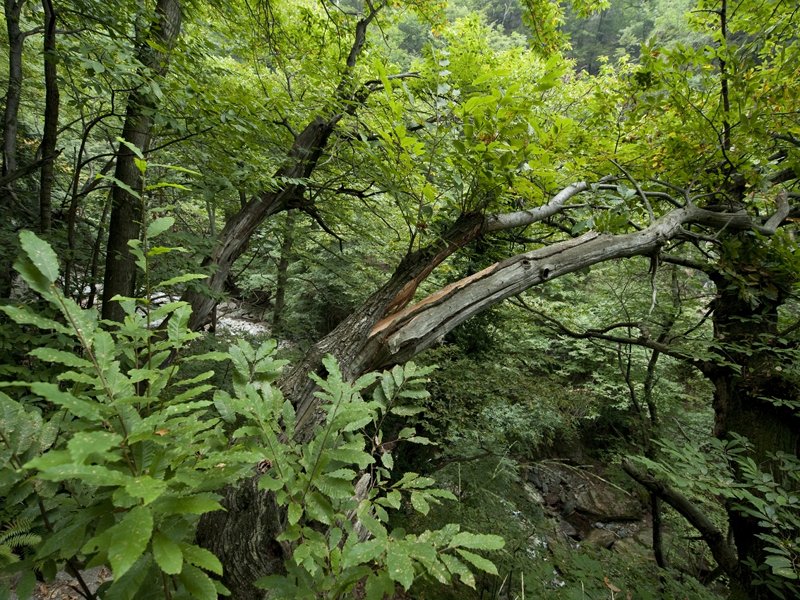- Park Offices and Staff
- Transparent administration
- Body's Register
- Procedures and Forms
- Laws and regulations
- List of websites
- Guided itineraries
- Conferences
- Bibliography
- Park's calendar 2019
- Projects
- Research
- Materials and technical tables of the forum
- Community Service
Home » Nature and history
The Wilderness
Harmony, natural balance and undisputed silences
With the term wilderness we usually think about boundless spaces, wild and uncontaminated places by the presence of man. But the Val Grande is not just this. Here the traces of human presence are very evident: mule tracks, mountain pastures, terracing, vestiges of cableways testify how the man in the past centuries has intensely frequented the valley.Wilderness in Val Grande is identified with a now abandoned place, without roads, without permanent or even seasonal settlements, where nature is slowly recovering its spaces. In this valley, wilderness means harmony, natural balance and undisputed silences.
A silence that is lived physically, the silence of abandoned places that offers the opportunity to stop and listen. This is the silence of memory, which brings up memories and thoughts flow freely. There is silence within us, of inner research, of the attempt to explore things in depth or to elevate ourselves by seeking out the different expressions of spirituality.
Val Grande, therefore, means the rediscovery of silence as a value and as a condition for knowing how to better listen to ourselves, others and the world around us. Thus, noticing the rustling of the leaves blowing in the wind, the crunching of the trampled leaves, the crackling of embers inside the stove, the singing of the owl that breaks into the night or the whistles of the alpine choughs chasing each other while flying over the rocks.
Experience the silence, almost touch it with all senses and manage the emotions that this action arouses: fear, serenity, a sense of loneliness, complicity with others and with the things around us. And from the sharing of experiences and from listening comes the respect of ourselves and of others, the appreciation and care of things and the rethinking of the relationship between man and nature and between man and man, thanks precisely to Nature that always tends towards new balances.
However, a wild and isolated park such as Val Grande has not to be a happy island, set up among the ridges or in the bottom of the steep valleys where the stream roars, leading its waters to the lake. It must be not an island only to be regenerated, hidden, confused, but a place where we could understand dynamics and processes that can be reproduced and communicated even elsewhere, in our daily life.
The Val Grande could be a challenge, first of all with ourselves. It is not a "structured" Park, somehow "domesticated", but at the same it is not difficult to use. The thrill of the Val Grande is not given by real and tangible reasons to follow it, but by living it. We must therefore pay attention: in Val Grande you could lose yourself. Not physically, but spiritually and emotionally, coming into contact with the sublime: like the stormy sea, like the eruption of a volcano, "nature produces", in the world of the philosopher Edmund Burke, "the strongest emotion that the soul is capable of feeling". And the sublime "explodes" at night, which is particularly dark in Val Grande: far from light sources, it is possible to admire the spectacle of the starry sky and of the Milky Way. The immensity of the spaces can be contemplated in one of the bivouacs that the Park Authority has created, where to spend the night simply, with the heat of a stove or the flame of a fireplace.
The next morning, the dawn lights will welcome a new day of walking that will bring back the hiker, regenerated and satisfied, to their daily rhythms, while the Val Grande will remain there, with its sounds and silences, waiting again for someone.
© 2024 - Ente Parco Nazionale Val Grande
Villa Biraghi, Piazza Pretorio, 6 - 28805 Vogogna (VB)
Tel. +39 0324/87540 - Fax +39 0324/878573
E-mail: info@parcovalgrande.it - Certified mail: parcovalgrande@legalmail.it
USt - IdNr. 01683850034
Tel. +39 0324/87540 - Fax +39 0324/878573
E-mail: info@parcovalgrande.it - Certified mail: parcovalgrande@legalmail.it
USt - IdNr. 01683850034








